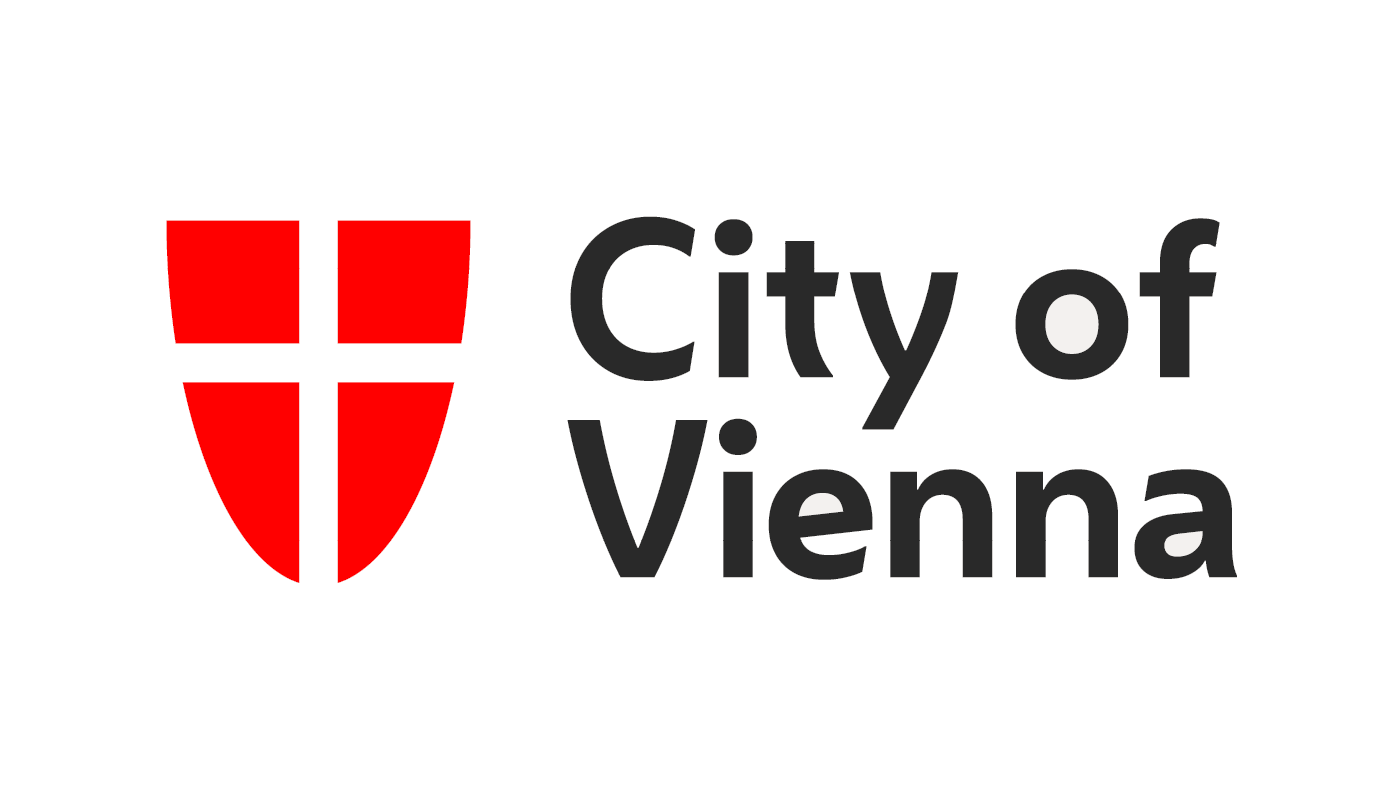Sen (2002, p. 661) argues that amongst other aspects “[…] health equity cannot only be concerned with inequality of either health or health care, and must take into account how resource allocation and social arrangements link health with other features of states of affairs”.
Olsen (2011) provides an account of equity in health care. He suggests that in countries with publicly funded health care two principles are paramount: Equal access for equal need and reduction of health inequalities. While the former represents the ideal of universalist welfare, the latter recognises that some health inequalities are perceived to be inherently unfair. Daniels (2001) argues that there is a social obligation to guarantee the existence of institutions, such as social insurance or subsidies for private insurance, that protect equal opportunity in a rebuke to efficiency maximisation, aggregate welfare maximisation and utilitarian objectives.
In health one should distinguish between horizontal and vertical equity. The former denotes “… the principle that individuals with the same level of need should receive the same level of resources” (Bayoumi 2009, p. 178), while vertical equity encompasses “… the principle that greater attention should be directed towards individuals with greater need” (Bayoumi 2009, p. 178). Horizontal equity plays a major role in studies on health resource allocation and on health care utilisation (e.g. Jui-fen et al. 2007; Tao et al. 2014; Sebastián et al. 2017; Davillas and Jones 2021). Instead some scholars put emphasis on vertical equity (e.g. Mooney 2000; Allanson and Petrie 2014). In other words: “Vertical inequity occurs when individuals with different health care needs do not receive appropriately dissimilar amounts of health care […] because health care needs are socioeconomically patterned” (Sutton 2002, p. 538).
Anand (2002) suggests that inequality aversion differs between different domains in health care and such an aversion ought to be higher across some population groups than others. Also, he argues equity and equality are not the same, even though health equity incorporates the idea of equal opportunity to be healthy.
Measuring Health Inequities
Gakidou et al. (2000) stretch that health system performance can not be sufficiently measured through improvment of average health levels, but rather through distribution of such improvements. Health equity cannot be directly measured but merely be grasped “… as the absence of disparities in health (and in its key social determinants) that are systematically associated with social advantage/disadvantage” (Braveman and Gruskin 2003, p. 256).
Van de Poel et al. (2012) argue most previous research defined health equity as equal treatment for equal needs in a social vacuum, i.e. without considering heterogenous populations with different socio-economic strata. Instead they see health inequity as unequal treatment as reaction to varying needs and to different non-need determinants.
Correspondingly, health inequties in ViePHEP are measured as variations in access, affordability and provision, when they can be attributed to equal levels of needs and/or to differences in socio-economic status (SES) or individual health. To measure health inequities this study will employ a survey with micro level data and look at inequalities by determinants of health, SES, and by levels of health. Used will be absolute and relative differences, as well as distributions between and within sub-groups (cf. Asada 2005).

